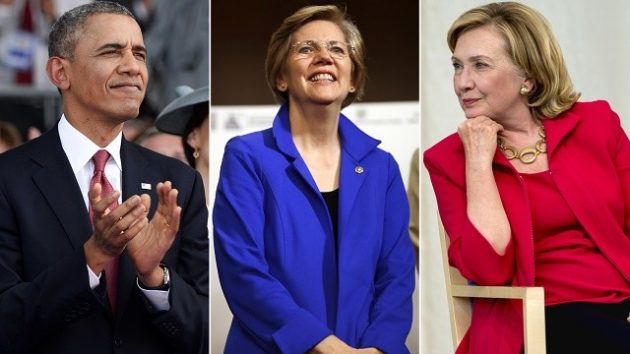Who Is Doing More for Affordable Education: Politicians or Innovators? by Bryan Jinks
With a current outstanding student loan debt of $1.3 trillion, debt-free education is poised to be a major issue leading up to the 2016 presidential election.
Presidential candidate Bernie Sanders has come forth with his plan for tuition-free higher education.
Senator Elizabeth Warren supports debt-free education, which goes even further by guaranteeing that students don’t take on debt to pay other expenses incurred while receiving an education.
Democratic Party front-runner Hillary Clinton is expected to propose a plan to reduce student loan debt at some point. And don’t forget President Obama’s proposal to provide two years of community college to all students tuition-free.
While all of these plans would certainly increase access to higher education, they would also be expensive. President Obama’s relatively modest community college plan would cost $60 billion over the next decade. What makes this an even worse idea is that all of that taxpayer money wouldn’t solve the most important problems currently facing higher education.
Shifting the costs completely to taxpayers doesn’t actually reduce the costs. It also doesn’t increase the quality of education in a system that has high drop-out rates and where a lot of graduates end up in low-paying jobs that don’t use their degree. Among first-time college students who enrolled in a community college in the fall of 2008, fewer than 40% earned a credential from either a two-year or four-year institution within six years.
Whatever the other social or spiritual benefits of attending college are, they don’t justify wasting that so much time and money without seeing much improvement in wages or job prospects.
Proponents of debt-free college argue that these programs are worth the cost because a more educated workforce will boost the economy. But these programs would push more marginal students into college without any regard for how prepared they are, how likely they are to graduate, or how interested they are in getting a degree. If even more of these students enter college, keeping the low completion rates from falling even further would be a challenge.
All of these plans would just make sure that everyone would have access to the mediocre product that higher education currently is. Just as the purpose of Obamacare was to make sure that every American had a health insurance card in their wallet, the purpose of debt-free education is to make sure that every American has a student ID card too — whether it means anything or not.
But there are changes coming in higher education that can actually solve some of these problems.
The Internet is making education much cheaper. While Open Online Courses have existed for more than a decade, there are a growing number of places to find educational materials online. Udemy is an online marketplace that allows anyone to create their own course and sell it or give it away. Saylor Academy and University of the People both have online models that offer college credit with free tuition and relatively low examination fees.
Udacity offers nanodegrees that can be completed in 6-12 months. The online curriculum is made in partnership with technology companies to give students exactly the skills that hiring managers are looking for. And there are many more businesses and non-profits offering new ways to learn that are cheaper, faster, and more able to keep up with the ever-changing economy than traditional universities.
All of these innovations are happening in response the rising costs and poor outcomes that have become typical of formal education. New educational models will keep developing that offer solutions that policy makers can’t provide.
Some of these options are free, some aren’t. Each has their own curriculum and some provide more tangible credentials than others. There isn’t one definitive answer as to how someone should go about receiving an education. But each of these innovations provides a small part of the answer to the current problems with higher education.
Change for the better is coming to higher education. Just don’t expect it to come from Washington.
Bryan Jinks is a ?freelance writer based out of Cleveland, Ohio.



Leave a Reply
Want to join the discussion?Feel free to contribute!